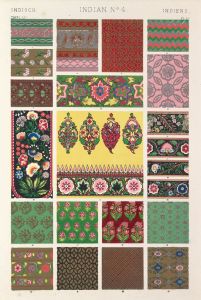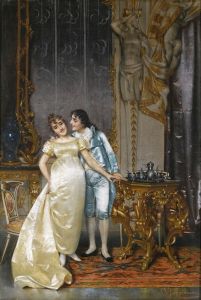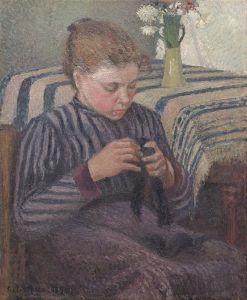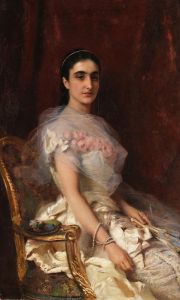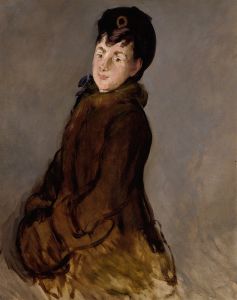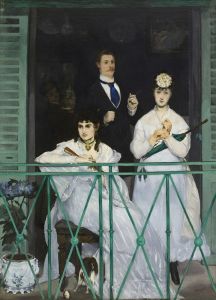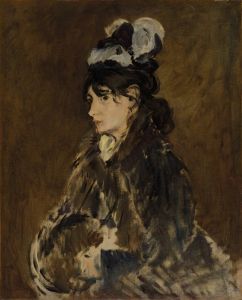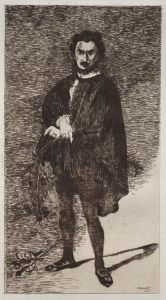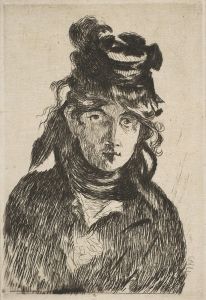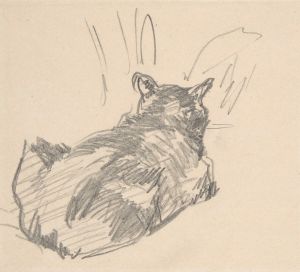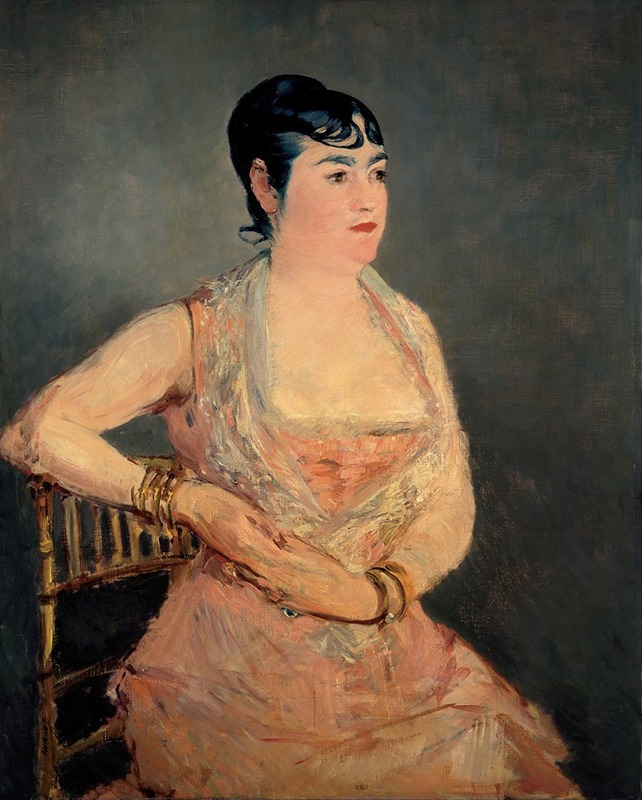
Lady In Pink
A hand-painted replica of Édouard Manet’s masterpiece Lady In Pink, meticulously crafted by professional artists to capture the true essence of the original. Each piece is created with museum-quality canvas and rare mineral pigments, carefully painted by experienced artists with delicate brushstrokes and rich, layered colors to perfectly recreate the texture of the original artwork. Unlike machine-printed reproductions, this hand-painted version brings the painting to life, infused with the artist’s emotions and skill in every stroke. Whether for personal collection or home decoration, it instantly elevates the artistic atmosphere of any space.
Édouard Manet, a pivotal figure in the transition from Realism to Impressionism, is renowned for his innovative approach to painting and his influence on modern art. Among his numerous works, "Lady in Pink" stands out as a testament to his unique style and artistic vision. However, detailed information about this specific painting is relatively scarce compared to some of his more famous works like "Olympia" or "Luncheon on the Grass."
"Lady in Pink" is believed to have been painted during the late 19th century, a period when Manet was actively experimenting with color and form. This painting, like many of Manet's portraits, reflects his interest in capturing the essence of contemporary life and the individuals within it. The subject of the painting, a woman dressed in a pink gown, is depicted with a sense of immediacy and presence that is characteristic of Manet's portraiture.
Manet's technique in "Lady in Pink" showcases his departure from the highly detailed and polished style of academic painting. Instead, he employs loose brushwork and a more spontaneous application of paint, which allows for a vibrant interplay of light and color. This approach not only highlights the texture and fabric of the woman's attire but also imbues the painting with a sense of movement and life.
The use of pink in the painting is particularly noteworthy. Manet was known for his bold use of color, and in this work, the pink dress serves as the focal point, drawing the viewer's attention and contrasting with the more subdued background. This use of color not only emphasizes the subject's presence but also reflects Manet's interest in exploring the effects of light and shadow.
While the identity of the woman in "Lady in Pink" remains unknown, it is possible that she was a member of Manet's social circle or a professional model. Manet often painted friends, family, and acquaintances, capturing their likenesses with a sense of intimacy and immediacy. This personal connection between the artist and his subjects is a hallmark of Manet's portraiture.
"Lady in Pink" exemplifies Manet's ability to blend traditional techniques with modern sensibilities. His innovative use of color, composition, and brushwork in this painting reflects his broader contributions to the development of modern art. Manet's work laid the groundwork for the Impressionist movement, influencing artists such as Claude Monet, Edgar Degas, and Pierre-Auguste Renoir.
Despite the lack of extensive documentation on "Lady in Pink," the painting remains an important part of Manet's oeuvre. It serves as a reminder of his artistic legacy and his role in shaping the course of art history. Through his portraits, Manet captured not only the appearance of his subjects but also the spirit of an era, leaving a lasting impact on the world of art.





